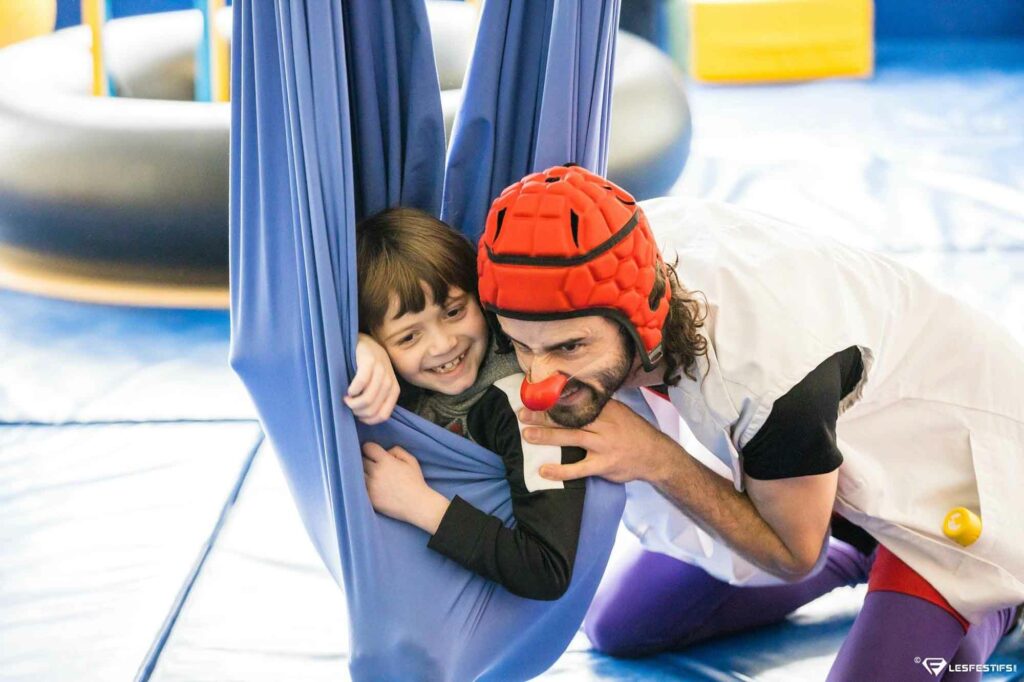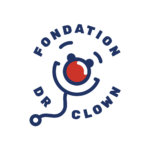Autism
Areas of intervention
Autism spectrum disorders
The personal relationship approach used by therapeutic clowns allows them to interact with children not only creatively but also strategically to contribute to their development. More concretely, using techniques such as imitation, group and individual interventions, transitional objects, puppets, transfer of power, identification with the clowns and with music, therapeutic artists positively impacts the social skills of children with autism spectrum disorders (ASD).
“I’ve seen so many children open their eyes in wonder at the sight of the Dr. Clowns. I’ve seen children wanting to communicate with other children who hadn’t wanted to before. I’ve observed a range of dynamics come into play in some of the groups, which has allowed students to progress and experience magical moments.”
– Valérie Gauthier, Vice-principal of the Cœur-Vaillant-Campanile elementary school in Quebec City (ASD classes)

“What makes the therapeutic artist interventions so special is that the clowns have one foot in childhood and the other in the adult world. Children feel confident and safe, as they do with the adults in their immediate environment, but they also identify with the clowns as if they were children and therefore use them as inspiration.
This is of particular benefit for children with ASD, as they often interact only minimally with other children or are mistrustful around them (because other children can be unpredictable). Children with ASD will more often want to be around adults and tend to avoid children. Thanks to our Dr. Clowns, they can gradually be encouraged to take an interest in their “peers,” since Dr. Clown is a kind of peer.
For children with defiant or oppositional behaviour who, as a result, react defensively to all adult demands, Dr. Clown helps reduce their perception of an adult as an imposing authority figure and can encourage them to become more receptive to certain rules.”
– Gaïd Gaillard, Coordinator – Trampoline Program, Centre Gold)
Help us break isolation
The positive impact of our programs is recognized by both medical practitioners and educators, who integrate our therapeutic artists into their care plans and educational objectives.

